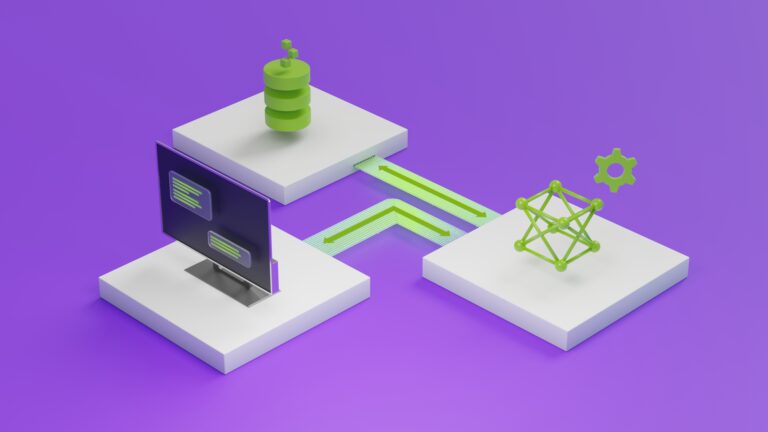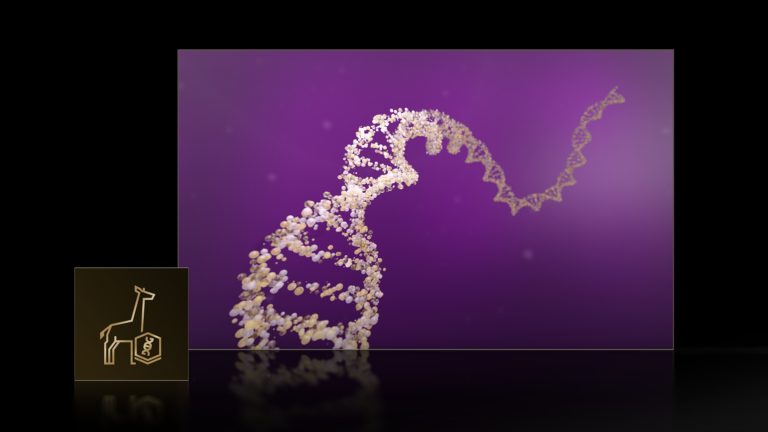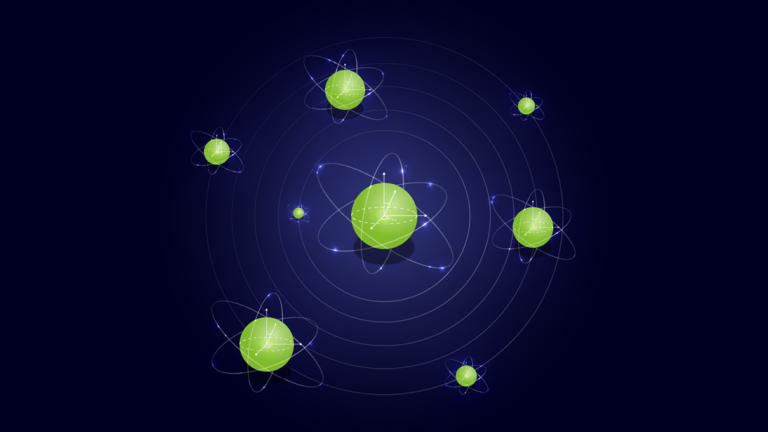 Deploying generative AI workloads in production environments where user numbers can fluctuate from hundreds to hundreds of thousands – and where input…
Deploying generative AI workloads in production environments where user numbers can fluctuate from hundreds to hundreds of thousands – and where input…
Deploying generative AI workloads in production environments where user numbers can fluctuate from hundreds to hundreds of thousands – and where input sequence lengths differ with each request – poses unique challenges. To achieve low latency inference in these environments, multi-GPU setups are a must – irrespective of the GPU generation or its memory capacity. To enhance inference performance in…

 NVIDIA AI Workbench is a free development environment manager that streamlines data science, AI, and machine learning (ML) projects on systems of choice. The…
NVIDIA AI Workbench is a free development environment manager that streamlines data science, AI, and machine learning (ML) projects on systems of choice. The… NVIDIA Parabricks is a scalable genomics analysis software suite that solves omics challenges with accelerated computing and deep learning to unlock new…
NVIDIA Parabricks is a scalable genomics analysis software suite that solves omics challenges with accelerated computing and deep learning to unlock new… AI coding assistants have become ubiquitous across the software development landscape. Developers are increasingly using tools like GitHub Copilot, Amazon…
AI coding assistants have become ubiquitous across the software development landscape. Developers are increasingly using tools like GitHub Copilot, Amazon… NVIDIA technology helps organizations build and maintain secure, scalable, and high-performance network infrastructure. Advances in AI, with NVIDIA at the…
NVIDIA technology helps organizations build and maintain secure, scalable, and high-performance network infrastructure. Advances in AI, with NVIDIA at the…